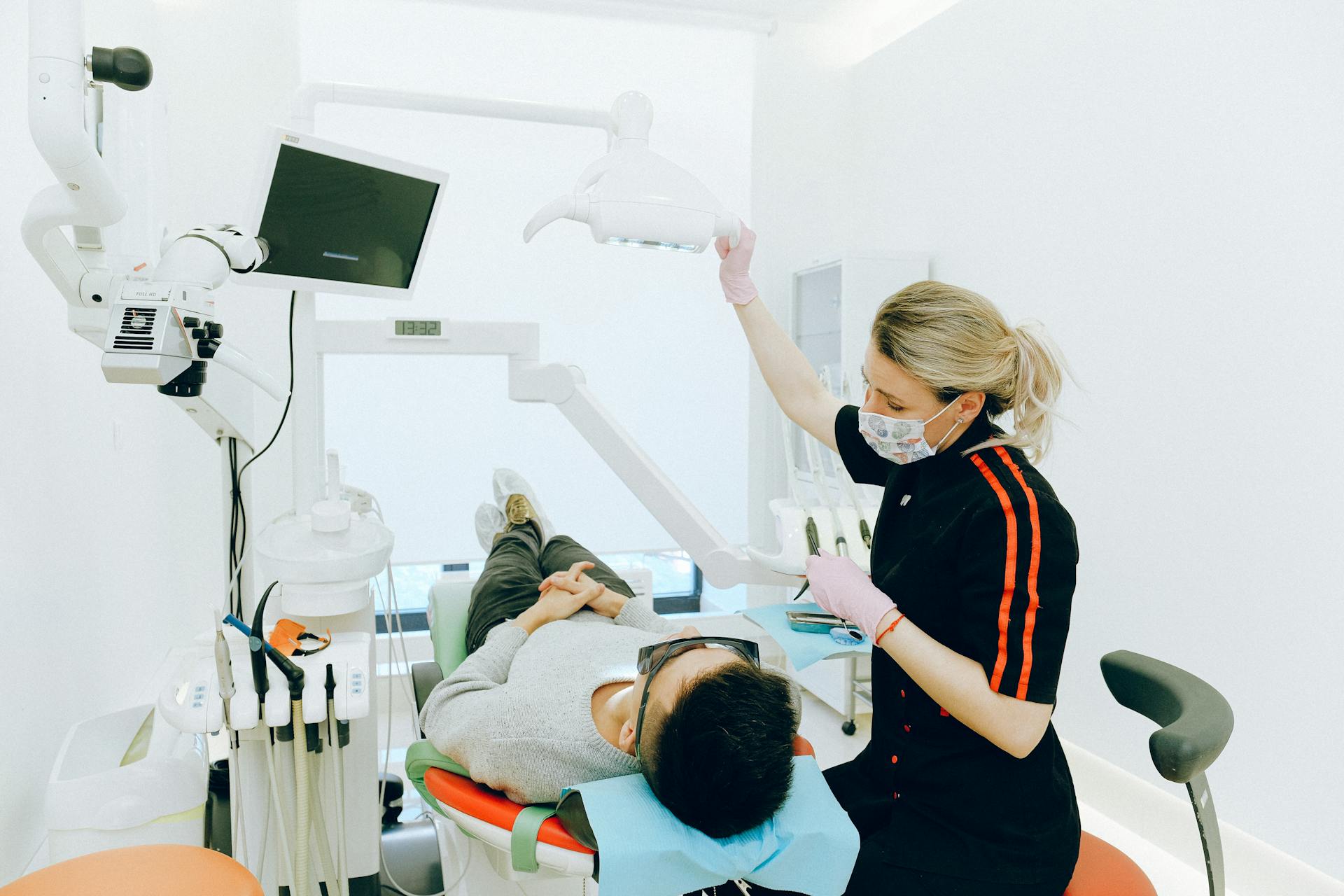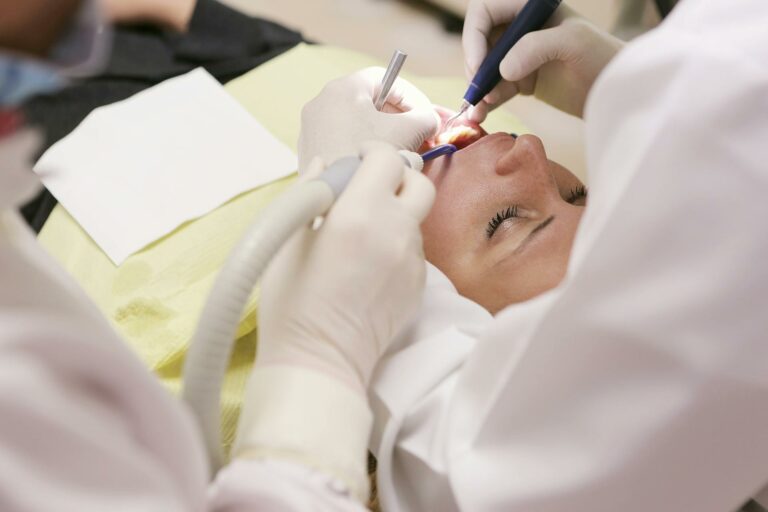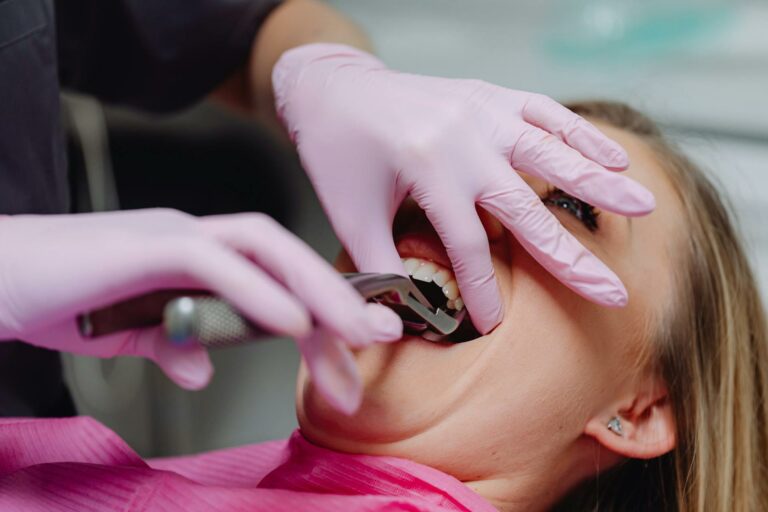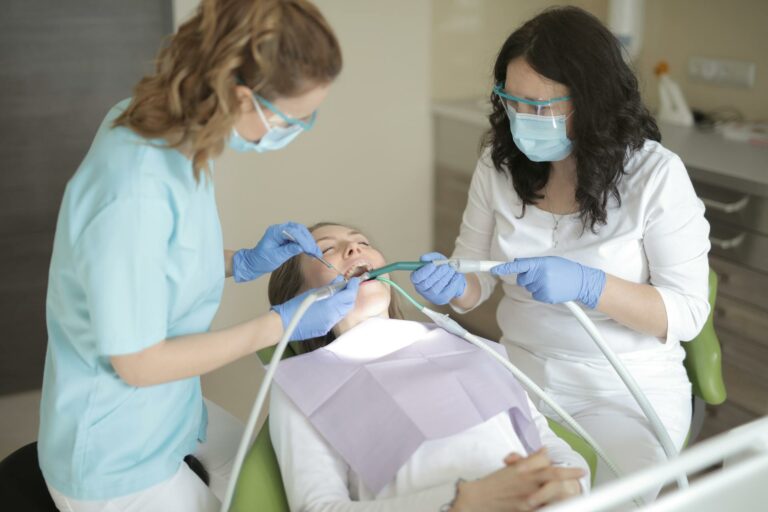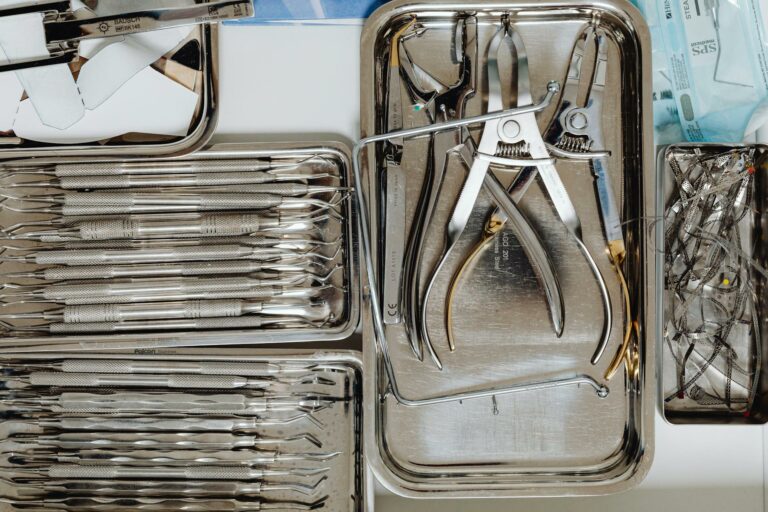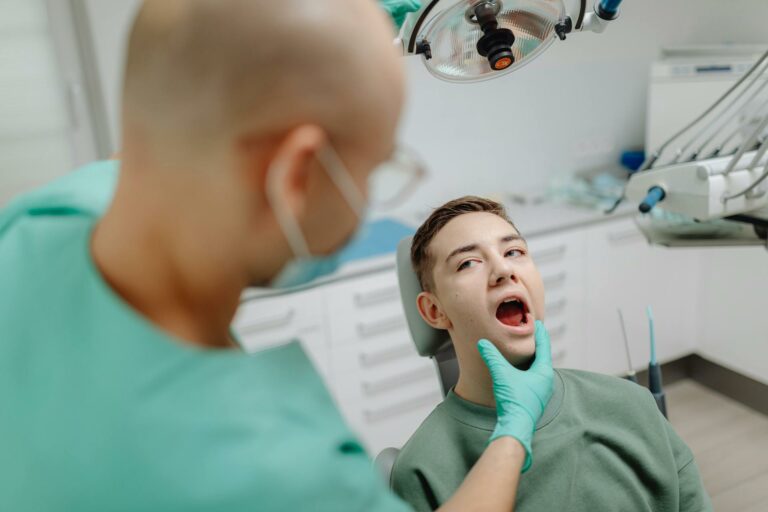TMJ Treatment Specialists in Financial District: Relief for Jaw Pain and Headaches
In the Financial District, TMJ treatment specialists are an essential resource for individuals grappling with jaw pain and headaches linked to TMJ disorders. These experts employ cutting-edge diagnostic techniques to pinpoint the underlying issues causing discomfort. By offering non-invasive treatments and personalized care, they aim to improve patient well-being. Discover how these specialists’ thorough approaches can transform the lives of those affected by TMJ-related challenges.
Understanding TMJ Disorders
Temporomandibular joint (TMJ) disorders, often characterized by pain and dysfunction in the jaw joint and surrounding muscles, are a complex set of conditions that can greatly impact an individual’s quality of life. The TMJ, a hinge-like structure connecting the jawbone to the skull, plays an important role in jaw mechanics, allowing for movements essential to speaking and eating. TMJ anatomy includes bones, muscles, and ligaments that work harmoniously, yet any disruption can lead to significant discomfort. Factors such as jaw misalignment, arthritis, or injury can affect this intricate system, leading to TMJ disorders. Understanding the underlying mechanics and anatomy of the jaw is essential in diagnosing and addressing these disorders effectively, fostering better outcomes and improved well-being for affected individuals.
Common Symptoms of TMJ Disorders
Understanding the complexities of TMJ disorders sets the stage for recognizing their common symptoms, which are often diverse and can vary considerably among individuals. Jaw clicking is frequently reported, arising from irregular movement within the temporomandibular joint. It may be accompanied by facial pain that can extend to the neck and shoulders, highlighting the interconnectedness of these symptoms. Some individuals experience headaches or earaches, adding to the discomfort. Limited jaw mobility, or even locking, can further complicate daily activities such as eating and speaking. These symptoms often lead to significant physical and emotional distress, underscoring the importance of early recognition and intervention. Thorough understanding of these symptoms supports the timely seeking of specialized care, paving the way for effective management and relief.
Causes of TMJ Disorders
Although the exact causes of TMJ disorders are not fully understood, they are often linked to a combination of factors that can contribute to their development. Jaw alignment issues play a significant role, where misalignment can lead to uneven pressure on the temporomandibular joint, causing discomfort and dysfunction. Additionally, muscle tension in the jaw, neck, and face is frequently observed in individuals with TMJ disorders. This tension can arise from stress, clenching, or grinding of teeth, known as bruxism, further exacerbating the condition. Other potential contributing factors include arthritis, joint injury, and connective tissue diseases. Understanding these causes is vital in developing effective management strategies, as addressing the root of the problem can help alleviate symptoms and improve quality of life.
Diagnostic Approaches for TMJ
Diagnosing TMJ disorders requires an all-encompassing approach, combining clinical assessment methods with advanced imaging techniques. Clinicians typically begin with a thorough evaluation of the patient’s medical history and physical examination to identify symptoms such as jaw pain, limited movement, and clicking sounds. Imaging techniques, including MRI and CT scans, are then utilized to provide detailed views of the joint structure, aiding in an accurate diagnosis and guiding effective treatment plans.
Clinical Assessment Methods
A clinician’s toolkit for evaluating temporomandibular joint (TMJ) disorders is multifaceted, combining careful observation with evidence-based diagnostic techniques. Clinical evaluation begins with a thorough symptom assessment, where patients describe their pain, stiffness, and functional limitations. By thoroughly understanding these symptoms, practitioners can better tailor their approach.
Physical examination is essential, involving palpation of the jaw muscles and joints to detect tenderness or irregularities. Clinicians assess jaw movement, looking for clicking or popping sounds, which may indicate joint dysfunction. Additionally, they evaluate the range of motion to identify any restrictions.
Through these methods, practitioners aim to distinguish TMJ disorders from other conditions with similar presentations, ensuring accurate diagnosis and effective treatment plans that alleviate patient discomfort.
Imaging Techniques Utilized
When evaluating temporomandibular joint disorders, advanced imaging techniques play an essential role in providing an extensive understanding of the joint’s structure and pathology. MRI applications are particularly valuable, offering detailed visualization of soft tissues, including the articular disc and surrounding musculature. This non-invasive method aids in identifying disc displacements, inflammation, and other abnormalities vital for targeted treatment. Conversely, X ray interpretations focus on bone structure, detecting joint degeneration, fractures, or congenital deformities. Although less detailed for soft tissues, X rays provide important baseline data. These imaging modalities complement each other, offering a thorough diagnostic approach. By utilizing these tools, specialists can tailor interventions, addressing the unique needs of patients with empathy and precision, ultimately alleviating discomfort and improving quality of life.
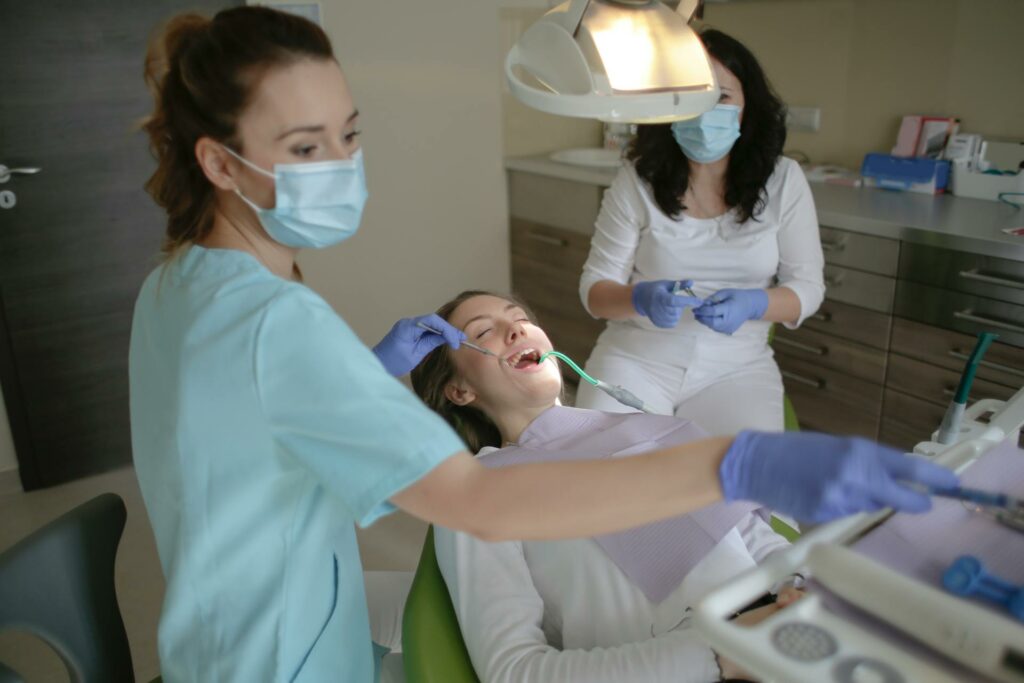
Non-Invasive Treatment Options
Non-invasive treatment options for TMJ disorders often include lifestyle and dietary adjustments, which can greatly alleviate symptoms. Patients may benefit from a tailored regimen of physical therapy techniques that focus on improving jaw function and reducing pain. These approaches aim to address the root causes of discomfort while minimizing the need for more aggressive interventions.
Lifestyle and Dietary Changes
While exploring treatment options for TMJ disorders, lifestyle and dietary changes emerge as significant non-invasive approaches that can greatly alleviate symptoms. Dietary modifications, such as consuming softer foods and avoiding gum chewing, help reduce jaw strain. Patients are encouraged to incorporate anti-inflammatory foods, which may aid in minimizing pain and swelling associated with TMJ disorders. Stress management techniques, including mindfulness and relaxation exercises, play an essential role in reducing tension-related jaw pain. Evidence suggests that managing stress effectively can decrease the frequency of TMJ flare-ups. Additionally, maintaining a balanced routine that includes adequate sleep and regular physical activity supports overall health and wellness, further contributing to TMJ symptom relief. These adjustments empower individuals to manage their condition proactively and improve their quality of life.
Physical Therapy Techniques
Physical therapy techniques stand as a cornerstone in the non-invasive management of TMJ disorders, offering targeted exercises and interventions that can markedly reduce pain and improve jaw function. Evidence-based practices like manual therapy play a critical role in alleviating discomfort by gently mobilizing the temporomandibular joint and surrounding tissues. This approach enhances range of motion and promotes healing. Complementing manual therapy, specific exercises focus on muscle relaxation, aiming to release tension and prevent spasms in the jaw muscles. These exercises are often tailored to individual needs, ensuring a personalized treatment strategy. By adopting these physical therapy techniques, patients can experience significant relief from jaw pain and headaches, ultimately improving their quality of life through non-invasive means.
Advanced Therapeutic Techniques
In the domain of treating temporomandibular joint (TMJ) disorders, advanced therapeutic techniques are increasingly gaining recognition for their efficacy and extensive approach. These methods encompass holistic approaches and innovative therapies that address not only the symptoms but also the underlying causes of TMJ dysfunction. Specialists employ techniques such as laser therapy and ultrasound, which are designed to reduce inflammation and enhance tissue healing. Additionally, biofeedback and cognitive-behavioral therapy have shown promise in managing the stress-related components of TMJ disorders. These therapies, grounded in scientific research, aim to provide long-lasting relief. By focusing on both physical and psychological elements, advanced therapeutic techniques offer a thorough treatment plan that is empathetic to the multifaceted nature of TMJ pain and discomfort.
Lifestyle Changes to Support TMJ Health
Beyond the domain of advanced therapeutic techniques, lifestyle changes play a significant role in supporting TMJ health. Adopting healthy habits can alleviate symptoms and prevent worsening of jaw pain. A balanced diet focused on soft, nutritious foods may reduce strain on the temporomandibular joint. Additionally, practicing good posture and avoiding excessive jaw movements, such as chewing gum or biting nails, can be beneficial. Stress management is vital, as stress often exacerbates TMJ symptoms. Techniques such as mindfulness, yoga, or regular physical exercise can help reduce tension. Adequate sleep is also essential for recovery and overall well-being. By integrating these evidence-based strategies, individuals can experience a substantial improvement in their TMJ health and a reduction in pain and discomfort.
Choosing the Right TMJ Specialist
How can individuals guarantee they are selecting the most qualified TMJ specialist for their needs? The process begins with evaluating credentials. Prospective patients should verify the specialist’s educational background and confirm any certifications in treating temporomandibular joint disorders. Additionally, it is prudent to assess the specialist’s experience, particularly in the area of TMJ, to ascertain they possess a depth of knowledge and expertise.
Patient reviews offer valuable insights into the specialist’s practice. These reviews often reflect the quality of care, the effectiveness of treatment, and the overall patient experience. Reading multiple reviews can help identify consistent patterns, both positive and negative, thereby aiding in making an informed decision. Engaging with a qualified TMJ specialist can greatly impact one’s journey towards relief.
Success Stories From TMJ Patients
Although the journey to finding relief from temporomandibular joint disorder can be challenging, many patients have found hope and healing through successful treatment stories. Patient testimonials reveal diverse treatment experiences that have led to significant improvements in quality of life. One patient shared how custom dental orthotics alleviated their chronic jaw pain, enabling them to eat and speak without discomfort. Another testimonial highlighted the effectiveness of physical therapy, which restored normal jaw function and reduced tension headaches. Additionally, some individuals reported significant benefits from minimally invasive procedures, such as trigger point injections. These success stories underscore the transformative impact of tailored treatment plans on managing TMJ symptoms, offering reassurance to those starting on their own path to recovery.
Frequently Asked Questions
How Long Does TMJ Treatment Typically Take?
TMJ treatment duration varies, typically spanning weeks to months, depending on severity. An evidence-based approach aims to shorten the recovery timeline through personalized care. Empathetically understanding patient needs guarantees a smoother journey towards alleviating discomfort and restoring function.
Are TMJ Treatments Covered by Insurance?
Insurance coverage for TMJ treatments varies widely, depending on specific policies and treatment options. Some plans may cover diagnostic tests and conservative treatments, while more complex procedures often require prior authorization. Patients should verify details with their insurers.
Can Stress Exacerbate TMJ Symptoms?
Stress can indeed exacerbate TMJ symptoms by increasing muscle tension. Effective stress management and muscle relaxation techniques are essential in alleviating discomfort, reducing jaw clenching, and preventing further aggravation of TMJ-related pain and headaches.
Is Surgery Ever Necessary for TMJ Disorders?
Surgery for TMJ disorders is considered when conservative treatments fail. Surgical options, such as arthroscopy, aim to alleviate severe symptoms. The recovery process varies, requiring patient adherence to post-operative care for advantageous outcomes and relief.
Are There Any Dietary Recommendations for TMJ Sufferers?
For TMJ sufferers, dietary adjustments can be beneficial. Emphasizing soft foods reduces jaw strain, while maintaining proper hydration benefits joint lubrication. These changes can alleviate symptoms, promoting comfort and potentially enhancing overall treatment outcomes for those affected.
